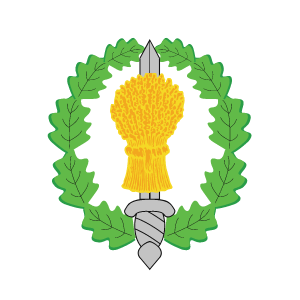Design and Technology
Intent - What Do We Aspire for Our Children?
Our Curriculum Intent for Design and Technology
At Helsby Hillside, we aim to develop pupils’ creativity, practical skills, and problem-solving abilities through a high-quality Design and Technology curriculum. We intend for all children to learn how to design, make, and evaluate purposeful products, using a range of tools and materials safely and effectively. Our curriculum encourages innovation, resilience, and critical thinking, preparing pupils to contribute meaningfully to an ever-changing technological world.
Curriculum Implementation
We use the Kapow Primary Design and Technology scheme to deliver a broad, engaging, and progressive DT curriculum that inspires creativity, critical thinking, and practical skills. Kapow DT is fully aligned with the National Curriculum and supports pupils in developing the knowledge, skills, and understanding needed to design, make, and evaluate purposeful products.
Our implementation of Kapow DT includes:
-
A spiral curriculum structure, where key areas of DT — including mechanisms, structures, textiles, cooking and nutrition, and electrical systems — are revisited and built upon throughout the year groups.
-
Each unit follows a clear design, make, evaluate cycle, encouraging pupils to think critically and creatively at every stage of the design process.
-
Lessons are practical and hands-on, with an emphasis on developing technical knowledge and real-life problem-solving skills.
-
Units begin with contextual learning and exploration, enabling pupils to research existing products, user needs, and functionality, laying the groundwork for purposeful design decisions.
-
Pupils are taught how to use a range of tools and materials safely and effectively, with increasing independence and accuracy as they move through the school.
-
A strong focus is placed on evaluating their own work and that of others, using subject-specific vocabulary to articulate ideas, improvements, and design thinking.
-
Formative assessment opportunities are built into each lesson, with end-of-unit reflections and outcomes allowing teachers to monitor progress and celebrate creativity and innovation.
Through this approach, we ensure that all pupils are equipped with the practical and critical thinking skills needed for an increasingly technological world, while also fostering resilience, collaboration, and curiosity in their learning.
 Helsby Hillside Primary School
Helsby Hillside Primary School
